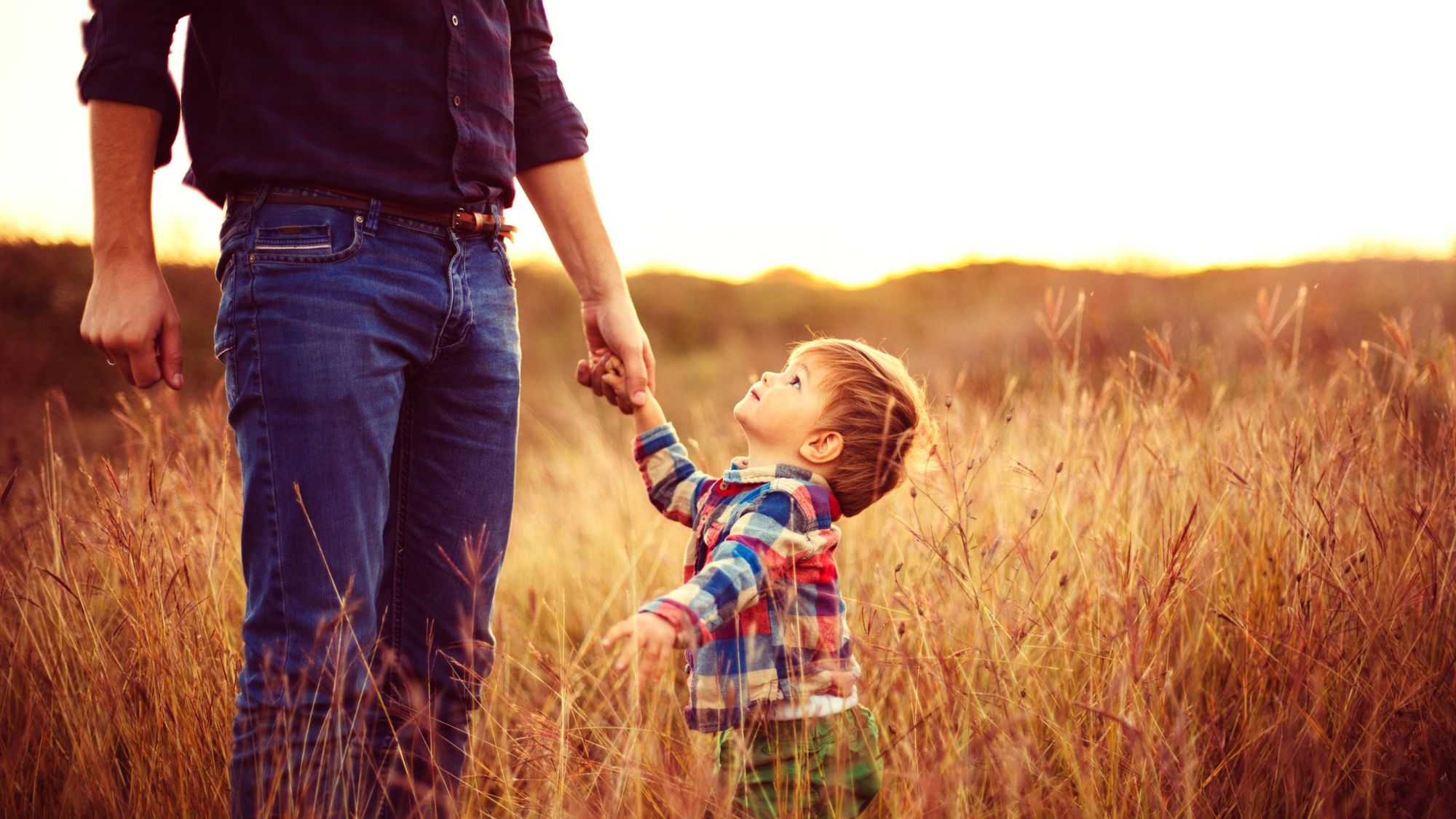
Making New Year’s Resolutions for kids could help your children focus on forming healthier habits and setting new goals for the coming year. New Year’s resolutions aren’t just for adults celebrating new beginnings by vowing to join a gym, start therapy, or setting diet goals. These resolutions can be for children, too, because they could learn the value of forming goals, finding motivation, fostering self-discipline, changing bad habits, and facing inevitable challenges. You can think of making New Year’s Resolutions for kids as a parenting opportunity. It’s certainly something you can help your kids do before the new year comes.
Young kids ages 7 to 12 and teens are at an ideal age to make a resolution. They also love having something to look forward to and work on throughout the year. Jennifer Kolari, child therapist and writer of the book Connected Parenting, pointed out that this stage of childhood is ideal for resolutions. When it comes to kids in this age range, Kolari explains, “They’re beginning to be mindful and to understand others’ perspectives. They’re doing more independently, and they’re starting to open up to broader goals of how to become their best selves.”
Making New Year’s Resolutions for kids could be a fun time for family bonding as you explore the concepts of growth and change. Here are some practical tips on making New Year’s resolutions for kids and ensuring they keep in touch with their plans throughout the year. When you teach and guide your kids about setting New Year’s resolutions, they could have higher chances of meeting their goals.
Primary New Year’s Resolutions for Kids: Setting Realistic Goals
If you ask your kids about what they hope to accomplish for the upcoming year, you may hear different ideas like, “I want to get one of the top grades in my class” or, “I wish to make more friends at school.” Listen to your kids’ thoughts and let them speak their minds. Eventually, you can help them tweak these resolutions, especially if their goals are not realistic and difficult to attain. Instead, avoid future frustration by teaching your children how to set realistic goals.
For example, getting the highest grade in class may be beyond their control since they cannot control the performance of other children. So, it’s not wise for their resolution to be, “get the highest grade in school”. A healthier objective would be to improve grades by committing to studying for an hour a day. By the same token, wishing for popularity may be unattainable so you could reframe those thoughts into something more positive like performing an act of kindness for someone in school each day to improve connections with classmates.
Harvard Health points out that a goal must be specific, achievable, and measurable. A goal that’s too ambitious and hard to achieve may set people up for disaster and frustration. Instead, set reachable, age-appropriate goals and talk about potential outcomes in case the kids fall short of reaching these goals. For the best results, it would help to create resolutions with your kids so you could provide guidance and support.
Set a Reasonable Number of New Year’s Resolutions for Kids
When you sit down with your kids to talk about making New Year’s resolutions, they may feel excited as you start making plans. Because of this, they could feel inspired to create tons of resolutions. As the parent, you should take the lead and taper it down to three to five so they will have better direction and stay consistent in working towards each of their goals.
It’s also unattainable to come up with too many resolutions. When there’s a huge list, it will create pressure, which in turn could stress the kids out. Instead of feeling positive about making changes and fulfilling the resolutions, they could lose steam and fizzle out. Thus, it’s important to help your kids narrow down their goals so they can focus on accomplishing them.
Furthermore, making a long list of resolutions and being unable to follow through with them sets a bad precedent. So take a fresh sheet of paper out, and have your kids write down their top three to five resolutions they want to work on for the new year. Make sure they leave ample space in between for inserting clear steps (more on this in the next segment).
Work on Identifying and Breaking Down Actionable Steps
When making New Year’s Resolutions for kids, help your kids turn a big goal into small and actionable steps. Change doesn’t happen in an instant so it’s essential to identify what these small steps are. Remember, a giant leap has a higher degree of difficulty and seems harder to achieve. In contrast, small baby steps working towards a big goal look doable and easier to accomplish. And if you fail or miss a step, it’s easier to get back up and start. In the long run, evidence suggests that working on baby steps or proximal goals is more effective for attaining bigger goals.
For example, if your child wishes to lose weight, you can create actionable steps such as walking on the treadmill or around the block for 20 minutes three times a week after school. An action step may also include eating healthier meals and eliminating junk foods. It would help to do the following:
- Write down the small goals
- Hang them where kids can see it
- Talk about a start date
- Highlight an end goal date
These small steps can help your kids move toward their long-term goals. That’s because self-discipline takes time. Research in the European Journal of Psychology says it takes at least 18 days to 254 days to develop a new habit. For instance, if your child is committed to having a neater room, you can work on details like making the bed upon waking up, putting shoes in the closet, putting dirty clothes in the hamper, and so on. With these baby steps, your child’s good intentions in the form of a resolution could turn into a good habit that lasts a lifetime.

Commit to Becoming a Good Role Model
Your children will understand the value of making resolutions for kids if you take the lead and be a good role model. You have to practice what you preach because your children are watching you. More than what you say or explain, it’s what you do that makes a big difference. So ask yourself, if you believe, make, and keep your own resolutions. To help you out, you can do the following:

Make it a family tradition
One of the best ways to make this habit stick is to incorporate it into your New Year’s traditions. Towards the end of December, sit down as a family and reflect on what happened the past year. Discuss what accomplishments you’ve achieved as a family and as individuals. Talk about what worked and what didn’t, so you can use them as guidelines when making new resolutions.
Share your own goals with the kids
When making New Year’s Resolutions for kids, you must start by sharing your own resolutions. You could take a CircleDNA test, which provides hundreds of reports on your ancestry, disease risk, nutrition, exercise plans, and more that suit your genetics. With this report, you have access to factual data based on your DNA giving you knowledge, allowing you to make better decisions, and pushing you to stay more motivated to achieve your resolutions. Make it a family affair by sharing results with the family. Letting your kids know what you hope to accomplish and the reason why you wish to make these changes. Children will look to you to learn how to do this task.
Include kids in your own resolutions
If you’re committed to making a resolution for yourself, it would help to include your children in that resolution, especially if it’s beneficial for the whole family. For example, if you wish to drink more water this year, you can ask your kids to join you. Then you can track your steps with a water tracker on the fridge with fun stickers to keep you motivated. Tell your kids that you have to remind each other and be accountability buddies.
Walk the walk, don’t just talk the talk
When making New Year’s Resolutions for kids, don’t ask them to do something that you’re not willing to do yourself. For instance, you may want the kids to get ready fast and be out the door early on school days. However, if they see you dragging your feet, it would be hard to make this resolution stick. It’s going to be impossible to ask your kids to make these changes if they don’t see you walk the talk. Don’t ask them to do more than you’re willing to do.
Follow Up on Resolutions, Without Nagging
Check-in with your kids once a week or every two weeks to see how they’re faring. It would help if the family resolutions are accessible, like having them on the wall or the fridge, where you can all track your progress. Maybe you can even create a vision board that manifests what you want out of life together. And once a month, you can have a family tune-up meeting to talk about how you’re all doing with your individual resolutions.
As a parent, expect lapses because even adults struggle with meeting their resolutions. Bear in mind that major changes are a process. It’s okay if they’re not done perfectly. Resist the urge to nag your children, and affirm that it may be difficult to stick to creating new habits. Find out what could be a hindrance for them and process it together. This casual conversation may help them feel excited about the resolution again.
If plans aren’t working that great, you could adjust them and figure out a new way to achieve them. When you let your kids choose their resolutions, they feel invested in making them happen. And if plans still go awry, assure your kids that even the most carefully-planned goals don’t always work out. Making New Year’s Resolutions for kids teaches flexibility and resilience because even disappointments turn into lessons. Use this as a teaching moment to help your children pivot, develop resilience, and adapt to life’s curve balls so they could face each new year with hope and a positive mind frame.
References:
- How to Help Kids Make New Year’s Resolutions (Kim Conte & Wendy Schuman) https://www.parents.com/holiday/new-years/resolution/smart-new-years-resolutions-kids-can-make/
- Answer these 5 questions to help make your New Year’s resolutions stick (Marcelo Campos MD) https://www.parents.com/holiday/new-years/resolution/smart-new-years-resolutions-kids-can-make/
- The Science Behind Baby Steps: How to Tackle Goals Big and Small (Tasha Eurich) https://www.entrepreneur.com/growing-a-business/the-science-behind-baby-steps-how-to-tackle-goals-big-and/245767
- How are habits formed: Modelling habit formation in the real world (Phillippa Lally et.al.) https://onlinelibrary.wiley.com/doi/10.1002/ejsp.674
- Parents as Role Models: Associations Between Parent and Young Children’s Weight, Dietary Intake, and Physical Activity in a Minority Sample (Jennifer Coto et.al. ) https://pubmed.ncbi.nlm.nih.gov/30656547/






